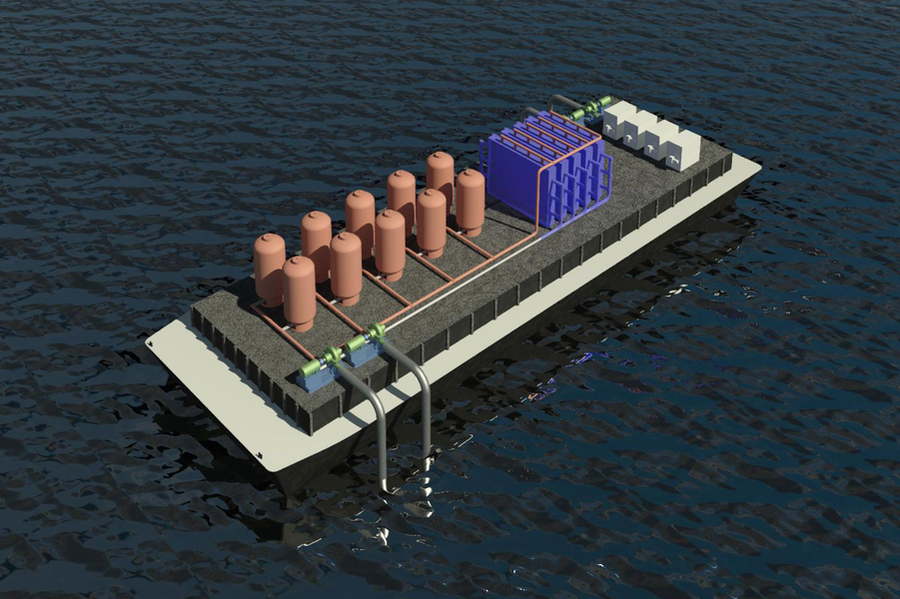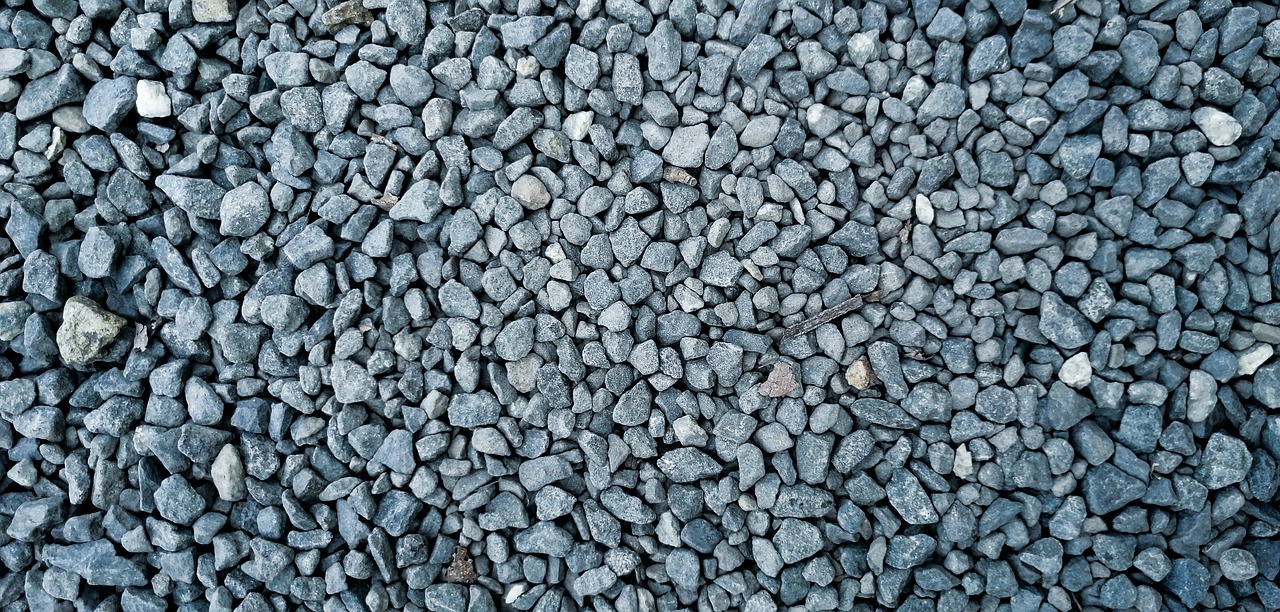As carbon dioxide continues to build up in the Earth’s atmosphere, research teams around the world have spent years developing technologies to capture the gas from the atmosphere.
But capturing CO2 directly from the atmosphere is hard to do!
Direct air carbon capture has some major issues, not only does it cost a lot, but it also uses a lot of energy.
Recently, the idea of removing carbon dioxide directly from ocean water has gained attention
Our oceans are amazing carbon sponges. They soak up some 30 to 40 percent of all of the human-produced carbon dioxide when surface waters react with the greenhouse gas in the air. Phytoplankton (tiny marine plants) also absorb carbon dioxide during photosynthesis while floating on the surface of the ocean.
A team of researchers led by MIT professors Kripa Varanasi and T. Alan Hatton has developed a way of capturing carbon dioxide that uses far less energy than direct air capture. MIT’s system doesn’t use expensive membranes or loads of chemicals and requires vastly less energy than air capture methods.
The best part of sucking the carbon out of seawater is that the concentration of carbon dioxide in seawater is more than 100 times greater than in air. Any carbon sucked out of seawater leads to seawater sucking more of it out of the air to re-balance the concentrations.
The MIT team is planning a practical demonstration project sometime in the next two years meanwhile they have plenty of things that still need to be worked out.







